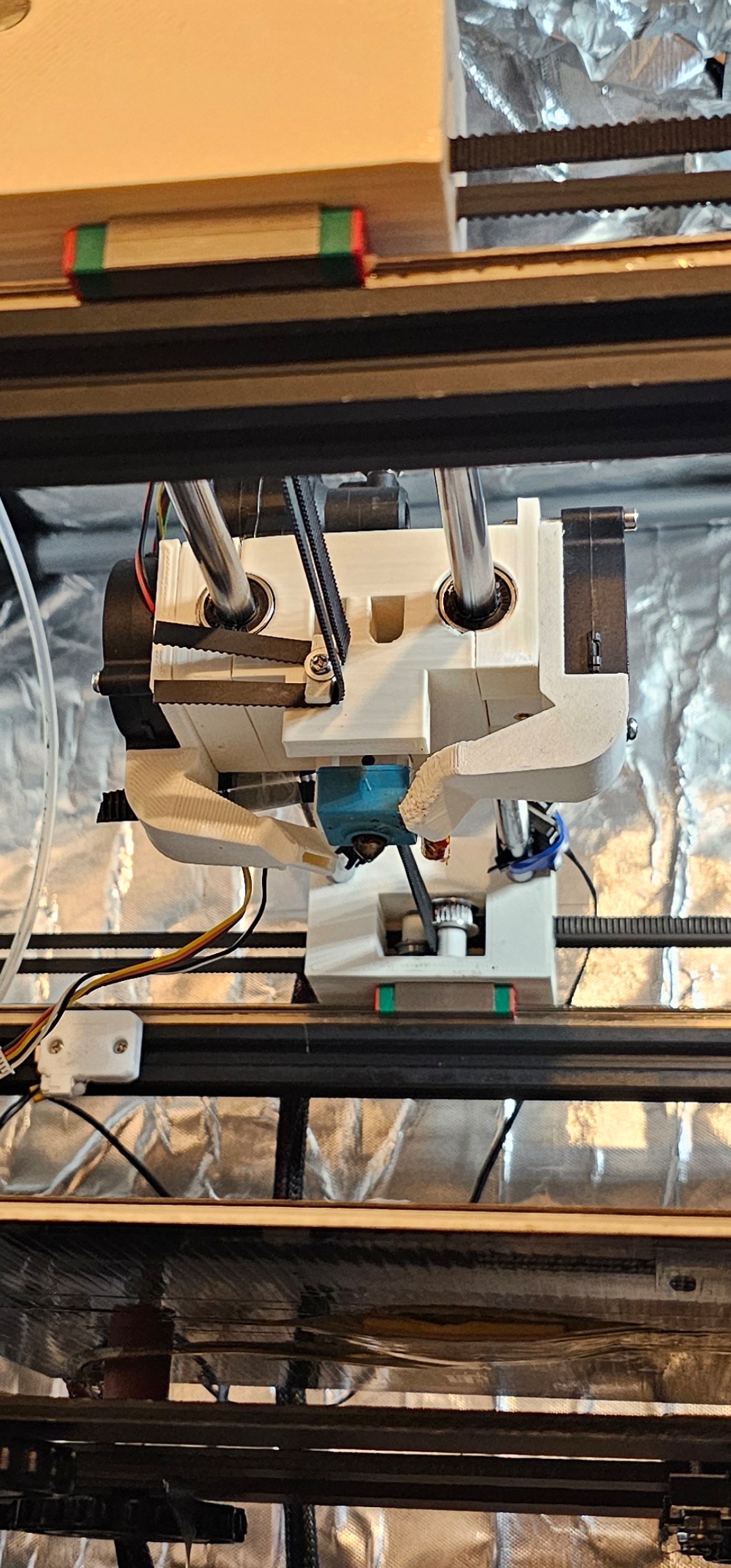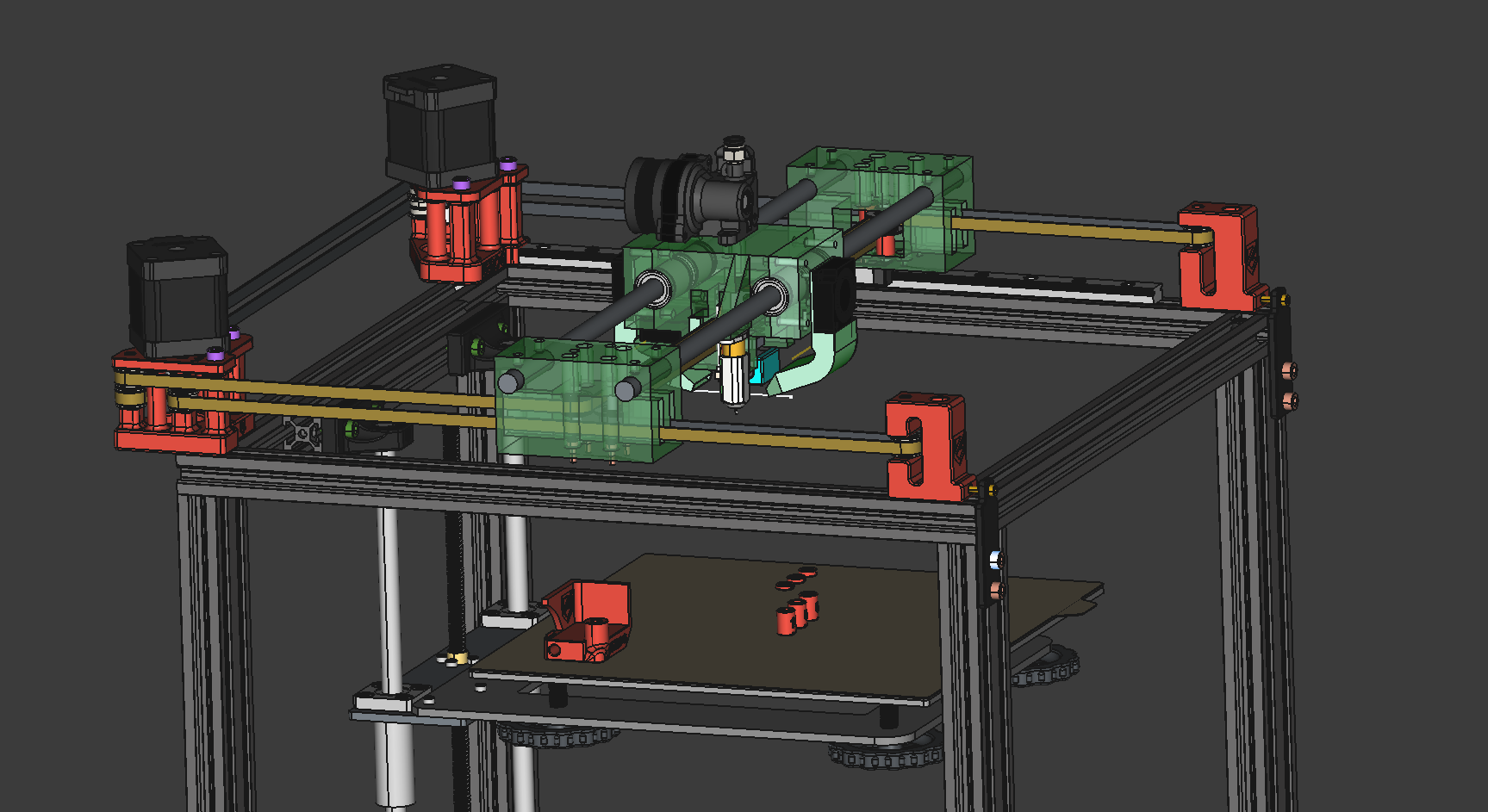If you ask me the numbers look better because the definition got changed.
Rolive
I would do that if given the opportunity.
"Chicken pecking typers"
I nearly spat out my coffee.
Lucky you.
So how does this relate to people that are completely full of shit?
That's not all he lost.
rm -rf
I've made a decent NAS out of a Raspberry Pi 4. It used USB to SATA converters and old hard drives.
My setup has one 3Tb drive and two 1.5Tb drives. The 1.5Tb drives form a 3Tb drive using RAID and then combines with the 3Tb drive to make redundant storage.
Yes it's inefficient AF but it's good enough for full HD streaming so good enough for me.
I'm too stingy to buy better drives.
Netherlands?
This is something straight out of Warhammer 40000.
They did a long time ago. Overpriced books that only changed layouts yearly just so that they can charge you for it again. Like having to keep up with the editions so that you can follow the lessons.
Yarrrrrr



Screw BMW.